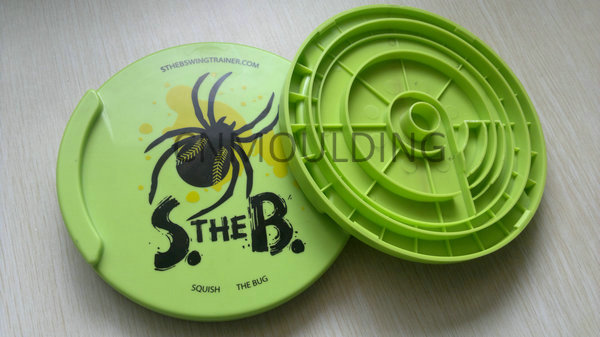
China Plastic injection molding products processing technology
Plastic parts surface printing is a widely used technique in the manufacturing industry that involves applying graphics or text onto the surface of plastic components. This process is commonly used to enhance the aesthetics of products, provide branding or labeling information, and improve overall product visibility.
There are several methods of plastic parts surface printing, each with its own advantages and limitations. One of the most common techniques is pad printing, which involves transferring ink from a silicone pad onto the plastic surface. This method is ideal for printing on irregular or curved surfaces and can produce high-quality, detailed prints.
Another popular method is screen printing, which involves pushing ink through a fine mesh screen onto the plastic surface. Screen printing is suitable for larger print areas and can be used to achieve vibrant colors and intricate designs. However, it may not be ideal for complex shapes or small print areas.
Digital printing is another option for plastic parts surface printing. This technique involves directly printing the desired graphics or text onto the plastic surface using specialized digital printers. Digital printing offers flexibility in terms of design customization and can produce high-resolution prints. However, it may not be as cost-effective for large production runs compared to other methods.
In addition to these techniques, there are also various considerations when it comes to selecting the right ink for plastic parts surface printing. The choice of ink depends on factors such as the type of plastic material, desired print durability, and environmental requirements. Common types of inks used for plastic parts surface printing include solvent-based inks, UV-curable inks, and water-based inks.
When implementing plastic parts surface printing, it is crucial to ensure proper surface preparation to achieve optimal print quality. This typically involves cleaning the plastic surface to remove any contaminants or oils that may interfere with ink adhesion. Additionally, pre-treatment methods such as corona treatment or flame treatment may be necessary to enhance ink adhesion on certain types of plastics.
Plastic parts surface printing offers numerous benefits to manufacturers. It allows for customization and personalization of products, making them stand out in a competitive market. It also provides a cost-effective solution for branding and labeling requirements, eliminating the need for additional labels or stickers. Furthermore, surface printing can enhance product visibility and improve user experience by providing important information or instructions directly on the product.
In conclusion, plastic parts surface printing is a versatile and effective technique for enhancing the appearance and functionality of plastic components. With various printing methods and ink options available, manufacturers have the flexibility to achieve their desired print quality and design customization. By utilizing plastic parts surface printing, businesses can create visually appealing products that leave a lasting impression on consumers.
we are a professional china injection molding factory
We focus on precision mold manufacturing and injection molding manufacturing and also supply your
injection molding after process technology service.





